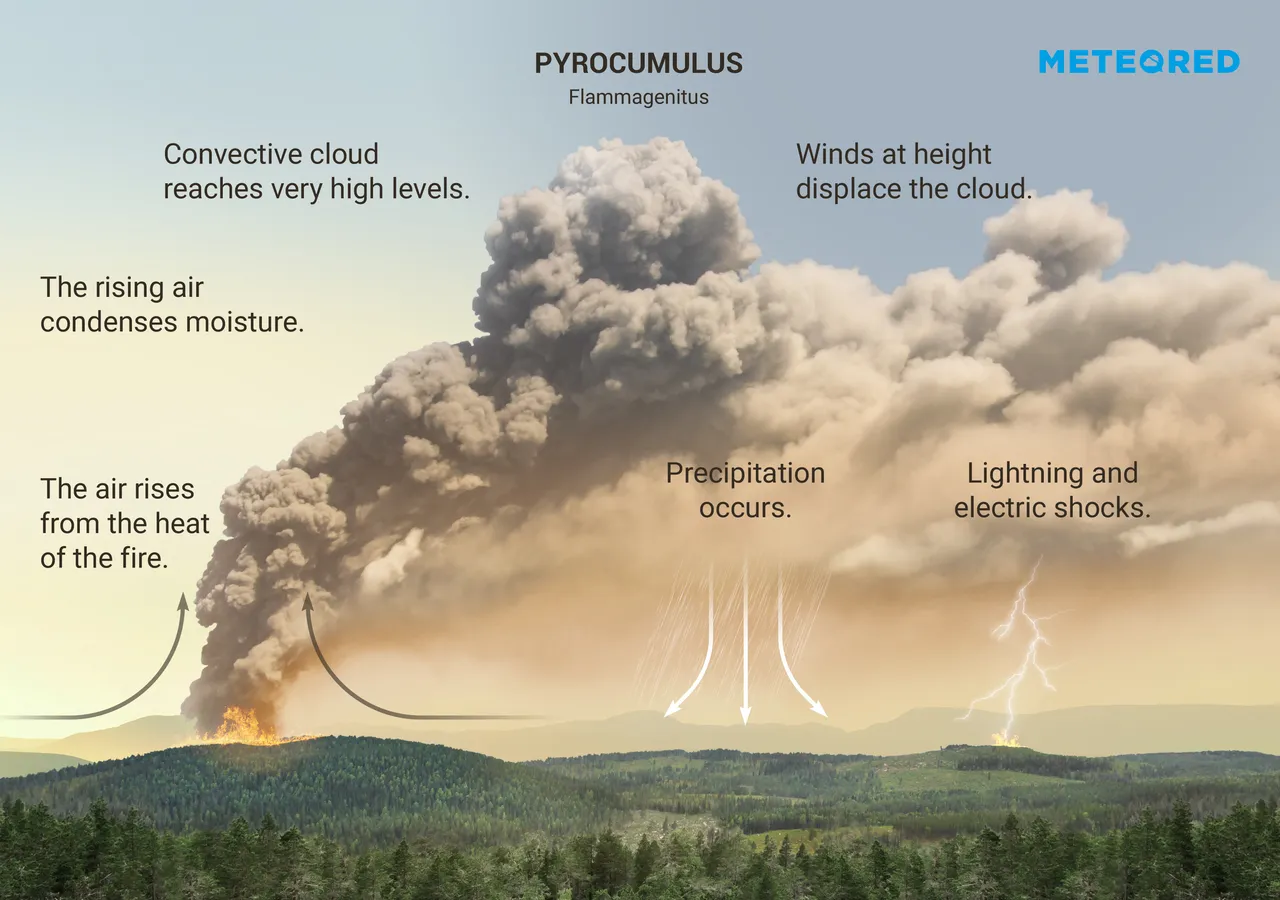

Pustovalov, “Tendencies in changes of climate extremality in Western Siberia at the end of the XX century and the beginning of the XXI century,” Fundament. Lavrinenko, “Estimation of current trends in the monthly mean temperature in the atmospheric boundary layer over Siberia,” Atmos. Knaub, “Natural conditions of development of emergency situations in the territory of the Siberian Federal district,” Geosfernye Issled., No. 1, 66–77 (2020).

Report about Features of Climate in the Russian Federation in 2017 (Rosgidromet, Moscow, 2018). Report about Features of Climate in the Russian Federation in 2020 (Rosgidromet, Moscow, 2021). The results of the INM-CM5.0 model calculations revealed the response of the regional climate system to the ongoing global changes: the increasing trend in the number of extreme events in the region will persist until 2100. In addition, areas affected by heavy rainfall are becoming smaller in the region and are located mainly in the south and along its western boundary. Extreme precipitation amounts increase during summer in the entire area, except in mountainous areas in its southeastern part. The air temperature is found to increase in the period 2011–2020 throughout Western Siberia, while the amount of precipitation and wind speed do so predominantly in its northern areas. The combined analysis of the derived estimates made it possible to identify the centers of “risk” in these areas and to determine the trends in their development. Data from ERA5 reanalysis and observations at meteorological stations are used to estimate the spatiotemporal variations of extreme values of climatic and dangerous meteorological phenomena for the territory of Western Siberia over 1979–2020, and to identify the tendencies of their future variations during the late twenty-first century against the background of global climate change.


 0 kommentar(er)
0 kommentar(er)
